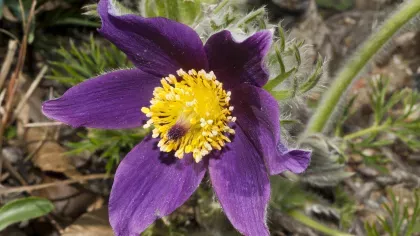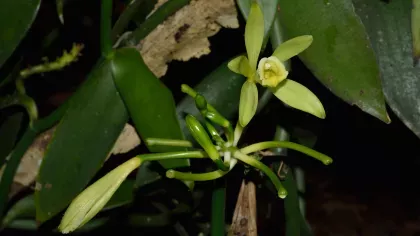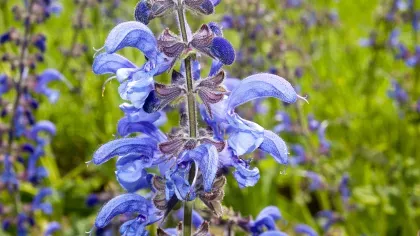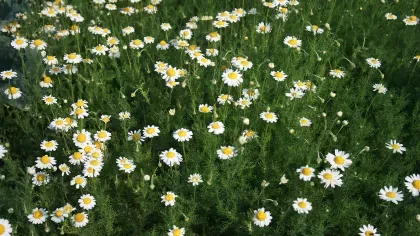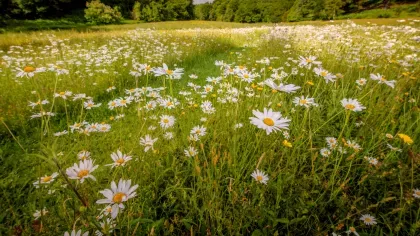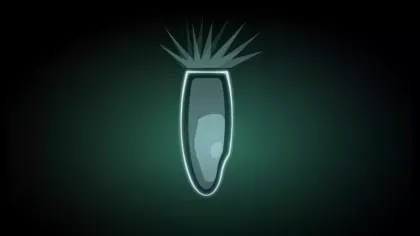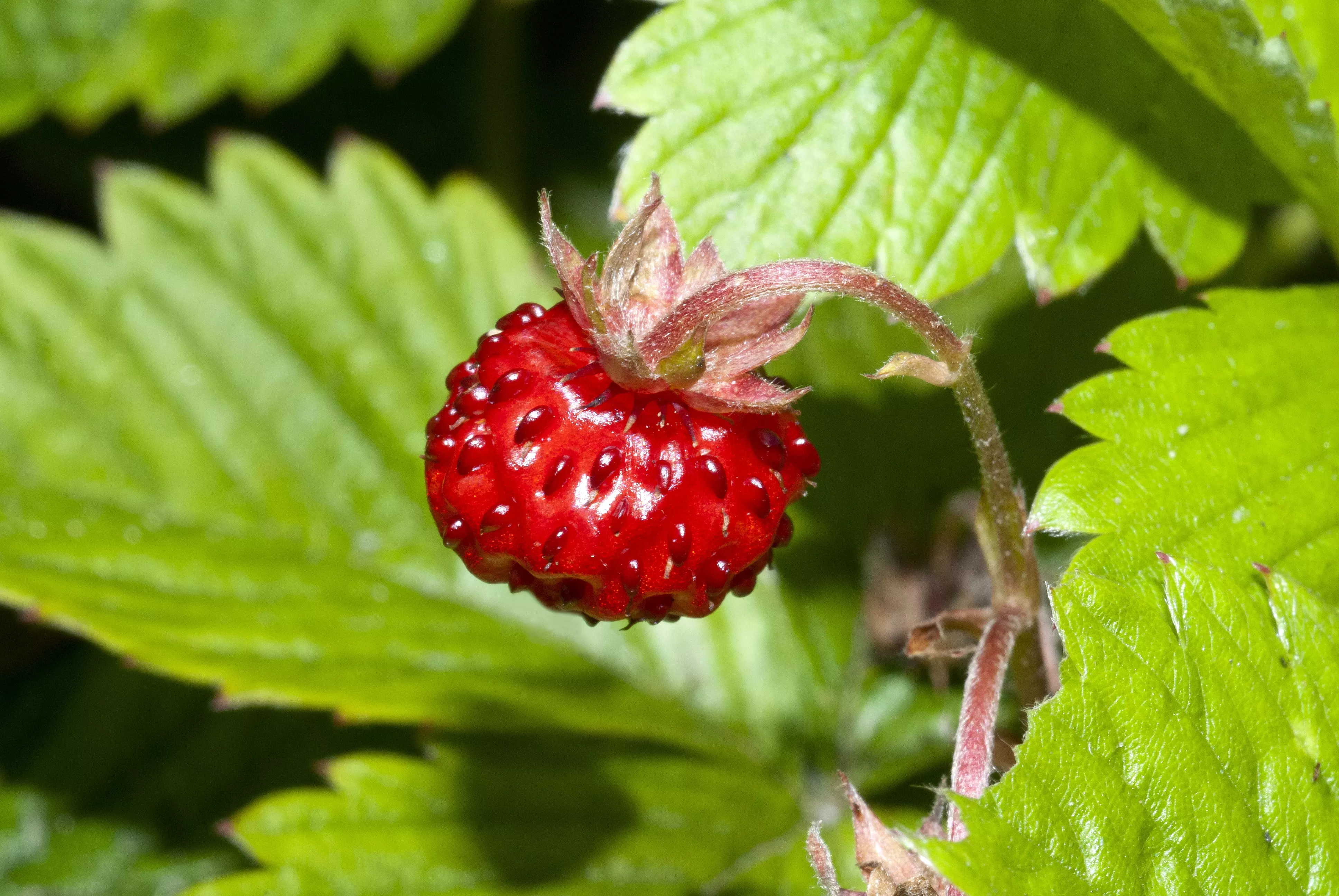
Wild strawberry
On this page
The wild strawberry produces miniature versions of the much-loved and commercially-produced juicy red ‘fruits’.
These tasty treats are eaten not just by humans, but also slugs, mice and many other creatures.
Once widespread, wild strawberries are categorised as near threatened in England due to changes in countryside management that have led to the dramatic decline of wildflower meadows.
The red, fleshy part of the strawberry plant that is generally known as the ‘fruit’ is actually receptacle tissue, and the pips or ‘seeds’ embedded on the outside of this tissue are the true fruits.
Plant description
The wild strawberry is a herb that produces long and spreading, above-ground runners. It has bright green leaves composed of three leaflets with toothed edges and hairy surfaces. Its flowers have five rounded white petals and its small, dry fruits are embedded on the outer surface of a fleshy red receptacle.
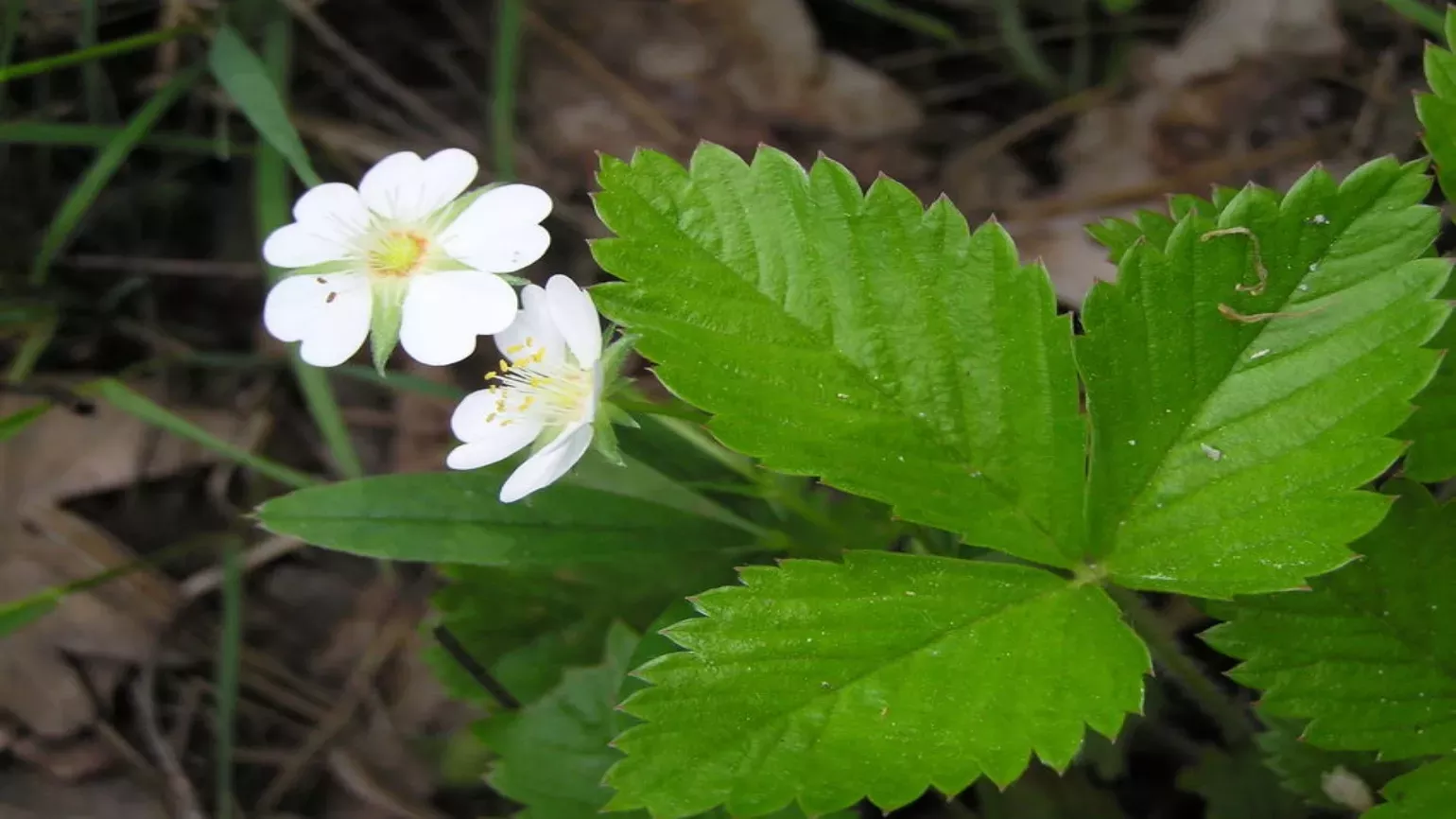
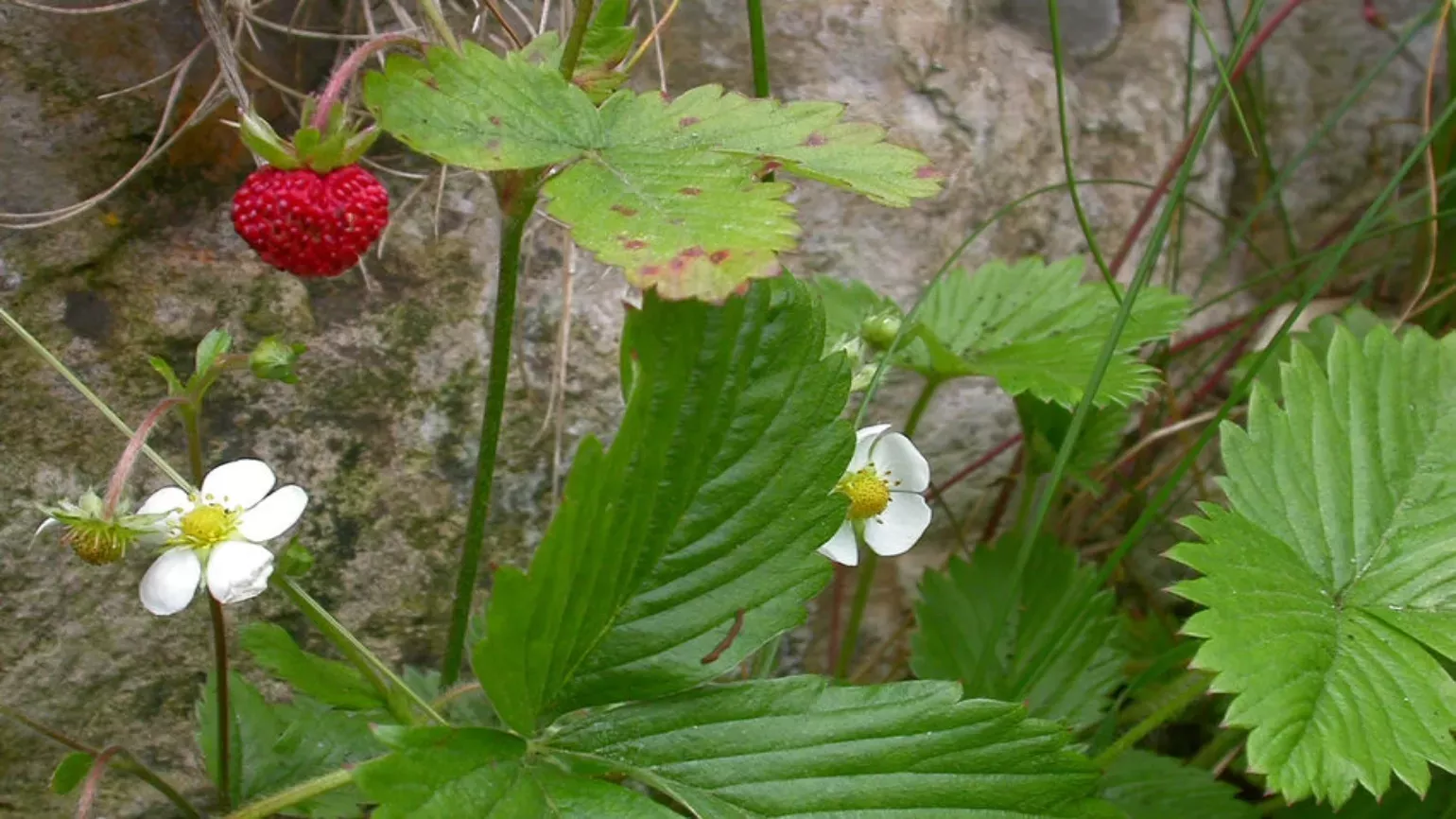
Plant uses
Beauty and cosmetics
In Cornwall, young girls used to rub wild strawberry leaves on their faces to improve their complexion.
The wild strawberry was also used to make lotions and creams to whiten skin and remove freckles and can be found in old recipes for face wash.
Cultural
The wild strawberry with its glossy, green leaves, pretty, white flowers and juicy, red ‘fruits’ is used as a semi-ornamental plant in gardens.
Food and drink
The fleshy, edible ‘fruits’ of the wild strawberry have been used in jams, juices and bakery products.
Health
Wild strawberry is used in traditional remedies as a laxative and diuretic.
In rabbits and guinea pigs, the wild strawberry has been used to treat constipation and in cattle to treat red-water fever.
Care should be taken as the fruits and leaves can have a negative affect on the skin, gastrointestinal system or respiratory system of some individuals.
Did you know?
Wild strawberries are not commercially cultivated due to their small size and low yield, but they are considered to have a superior flavour to the commercial strawberry and are used in patisserie in France and central Europe.
The name ‘strawberry’ is thought to have come from ‘streabariye’ - a word used by a Benedictine monk in AD 995 to describe how the plant spreads through runners.
The wild strawberry is used as an indicator plant for diseases that affect the commonly cultivated strawberry variety.
Where in the world?
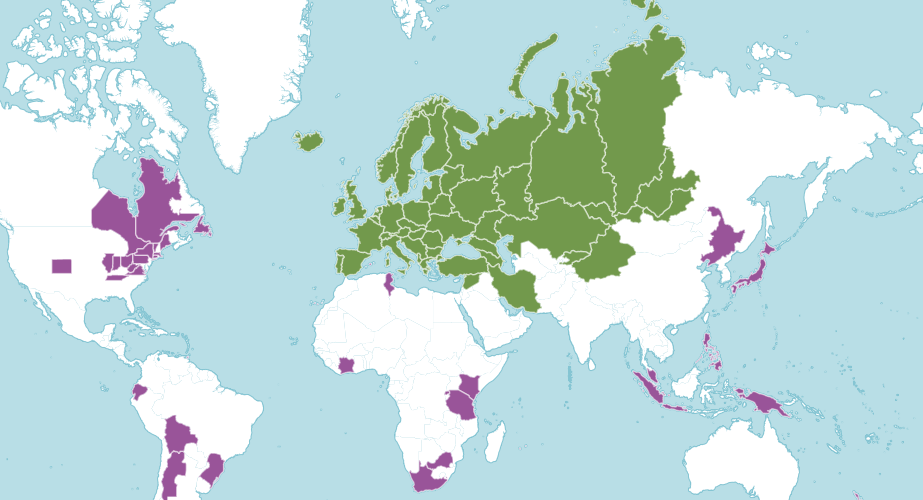
Grasslands, open woodland and forest edges in upland areas at an altitude of 2400–2850 m. Wild strawberries grow in dry, stony, lime-rich soils and even on rocks in full sun.
Find it in our gardens
Kew Gardens
A botanic garden in southwest London with the world’s most diverse living plant collection.
Location
The Natural Area and behind Kew Palace in the Queen's Garden.
View map of Kew GardensBest time to see
Our work
The wild strawberry is categorised as near threatened in England due to steep and steady decline in wildflower meadows.
97% of wildflower meadows have been lost since the 1930s due to changes in countryside management such as increased fertiliser use, earlier hay harvest and removal of grazers.
This is having a devastating impact on the insects that rely on meadow plants for survival, including the grizzled skipper butterfly that needs wild strawberries to provide food to its larvae.
Kew’s Millennium Seed Bank has 13 collections of wild strawberry seeds collected from England, Scotland and Northern Ireland.
Seed specialists dry, package and store seeds at a sub-zero temperature in our underground vault at the Millennium Seed Bank.
The banked seeds of wild strawberries are helping to conserve this near threatened species and could be used to restore meadows in the future.
